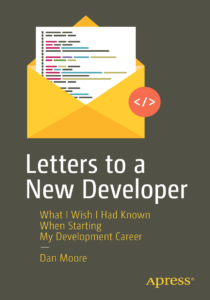We are using Trello for our product development planning at The Food Corridor. Previously we were using Pivotal Tracker, which I chose, but a new team came on to help us and they were more comfortable with Trello. I may do a compare and contrast of these tools in the future, but for now I wanted to celebrate the beauty of a well designed piece of software.
I don’t mean how Trello looks, though it certainly looks pretty. I mean how they handle UX edge cases. I ran into one the other day, and it blew my mind that Trello acted as I had hoped.
Here’s the situation. We use the Trello numeric card ID along with this git hook:
#!/bin/sh
# from http://stackoverflow.com/a/16061192/203619
if story_id=`git branch |grep '*'|sed 's/.*-//'`
then
echo "[#$story_id]" >> "$1"
fi
To help tie commits to stories. If someone is working on a story with the id 123, they work on a feature branch called add-new-feature-123. When committing, they may write a message like: “Updated the message to the end user when they save”, and this hook will automatically add “[#123]” onto that commit message.
When someone is looking at the code six months or two years from now, they will be able to look up that story and get context about why the message was changed beyond what was in the commit log.
We were cleaning up old releases in Trello and had moved all the released stories to another board. However, I noticed that the cards were renumbered when they were moved to that board. Whoops! That meant that the commit messages wouldn’t be useful in looking up the cards. I had discussions with the product manager and we decided to keep all future releases on the same board to maintain the numbers–we’d just archive them (it’s worth noting that when you search for 123 and the card is archived, the search won’t return the card unless you add the is:archived search operator to your query).
However, I was ready to write off the cards that had been moved to the other board. What were the chances that if I moved the cards back to the original board, the card numbers would be maintained? I gave it a try just to see.
Trello did the right thing! The cards, when moved back to the original board, assumed their original numeric ID.
I am very impressed, as I imagine there are a very small portion of Trello users who care about this behavior. As someone who doesn’t really care about design but does care about user experience, that is an example of attention to detail that I wanted to call out and praise.
